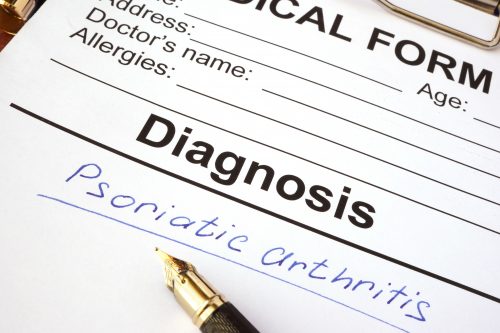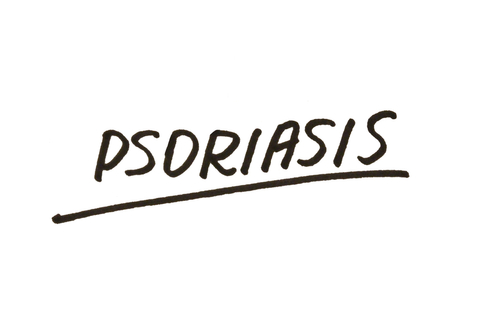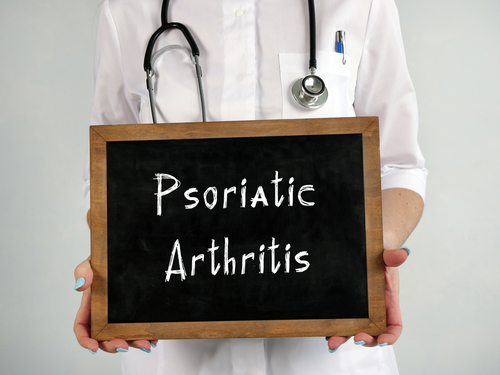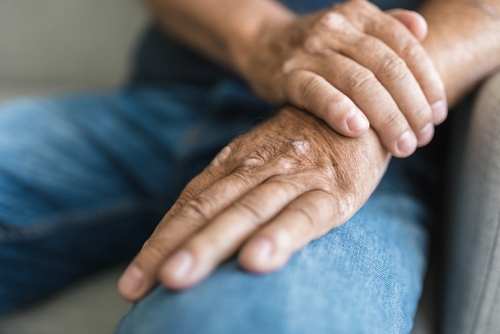
A study ascertained the effect of joint and skin symptoms on psoriatic arthritis (PsA) patients and found that they contribute significantly to poorer clinical outcomes, health-related quality of life (QoL), and work productivity, compared to patients with only joint symptoms.
“Observational studies of patients with PsA have shown that greater skin severity is accompanied by increased disease activity including a greater degree of joint involvement. Furthermore, greater skin severity is associated with worse patient reported outcomes (PROs) including lower physical functioning, more patient-reported pain and fatigue, and a worse quality of life,” the study authors explained.
The present study included rheumatologists and dermatologists and their PsA patients in the U.S., Australia, Canada, France, Germany, Italy, Japan, Spain, and UK. In the Japan cohort, physician participants also included those in orthopedic surgery and internal medicine. Participating physicians completed a patient record for at least three consecutive patients aged ≥18 years with diagnosed PsA whose drug management they were actively involved in. The physicians then invited these patients to take part in a survey.
Joint and Skin Patients Experience Poorer Outcomes
Data from 2,703 patients were included. The mean age was 49.2 years, and 45.2% of patients were female. About two-thirds of patients (64.5%) had joint and skin involvement. The mean tender joint count was higher for joint and skin involvement patients than joint only patients (5.2 vs. 2.0), as was the mean swollen joint count (4.8 vs. 1.5). Twelve-month flare history was significantly more prevalent among active joint and skin symptoms patients versus joint only patients (34.9% vs. 23.2%; P<0.001). More patients prioritized symptom burden pertaining to joints than skin (61.6% vs. 38.4%). About two in 10 patients (41.4%) experienced anxiety depression; of these patients, about two-thirds (62.4%) attributed it to both skin and joint symptoms. Joint and skin patients, compared to joint only patients, reported significantly poorer outcomes per the EuroQol Questionnaire (EQ-5D) index (0.79 vs. 0.85; P<0.001), EQ-5D visual analog scale (71.98 vs. 77.68; P<0.001), Psoriatic Arthritis Impact of Disease (2.91 vs. 1.66; P<0.001), and Work Productivity and Activity Impairment overall impairment (25.61 vs. 16.32; P<0.001).
The study was published in Rheumatology and Therapy.
“In this real-world, non-interventional, cross-sectional survey of patients with PsA, those with ‘joint and skin’ involvement experienced worse health outcomes including more flaring, increased emotional burden, and decreased health-related QoL compared with patients with ‘joint-only’ PsA,” the researchers summarized. The results “[suggest] that additional effort and enhanced future treatment approaches should also focus on ameliorating disease progression in this group of patients in routine real-world practice.”







 © 2025 Mashup Media, LLC, a Formedics Property. All Rights Reserved.
© 2025 Mashup Media, LLC, a Formedics Property. All Rights Reserved.